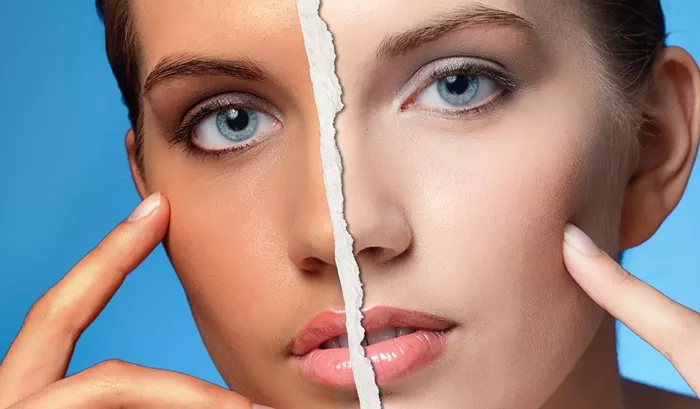As warmer weather rolls in, many are trading in their winter clothes for shorts, tank tops, and dresses. For those with pale skin, this shift may bring about self-consciousness, prompting some to seek a quick way to achieve a tan. One such method gaining popularity on TikTok is known as “nasal tanning,” where users apply tanning products containing melanotan II through their noses to stimulate melanin production.
To better understand this trend and its risks, Parade magzine consulted a dermatologist on whether nasal tanning could be a safer alternative to sun exposure.
Is Nasal Tanning Safe?
Dr. Geeta Yadav, a board-certified dermatologist and founder of FACET Dermatology, strongly advises against nasal tanning. While it may seem like an easy way to get a natural tan, she warns that the practice can be dangerous.
“The appeal of a natural tan without the hassle of self-tanning products is understandable, but I strongly caution against trying this trend,” Dr. Yadav says.
Melanotan II, the active ingredient in nasal tanning sprays, is not approved by the Food and Drug Administration (FDA). In fact, the FDA has issued warnings against using it for tanning purposes. These sprays work by delivering synthetic melanotan directly to the bloodstream via the nasal membranes. Once in the system, it stimulates melanin production, causing the skin to darken when exposed to UV rays. Essentially, this process acts like the opposite of sunscreen.
While nasal tanning sprays do darken the skin, Dr. Yadav emphasizes the risks involved.
“It’s important to note that melanotan is usually used alongside sun exposure to enhance tanning. This increases your exposure to harmful UV rays and raises your risk for other medical complications,” she adds.
Potential Health Risks
The combination of nasal tanning and UV exposure significantly heightens the risk of melanoma, a dangerous form of skin cancer. Melanoma is particularly prevalent among individuals in their 20s and 30s and is the leading cause of cancer-related deaths in women aged 25 to 30.
“From a dermatological standpoint, melanotan is concerning,” says Dr. Yadav. “Not only can it darken existing moles, making it harder to detect skin cancer, but it has also been linked to melanoma. This may occur because the drug can activate abnormal melanocytes, but we still don’t know enough about its safety.”
In addition to cancer risks, nasal tanning may cause side effects such as facial flushing, nausea, vomiting, and persistent erections that require medical attention.
Dr. Yadav further stresses that any tanning method involving UV exposure is unsafe and increases the risk of skin cancer. She recommends using self-tanners as a safer alternative.
Safer Alternatives to Tanning
There are two main types of self-tanners, Dr. Yadav explains. One is a cosmetic product that washes off, while the other contains DHA (dihydroxyacetone), which chemically darkens the outer layer of skin.
“DHA-based tanners are completely safe because they only affect the dead skin cells on the surface,” she says. “These cells naturally shed as your skin renews itself, so there’s no risk of skin damage.”
Conclusion
This trend serves as a reminder not to rely on social media for health advice. If you have concerns about tanning or skin cancer prevention, it’s best to consult a healthcare professional or dermatologist.
Instead of using a tanning spray up your nose, Dr. Yadav recommends applying sunscreen. Make sure to protect all areas of your skin that are exposed to the sun.
Related topics:


